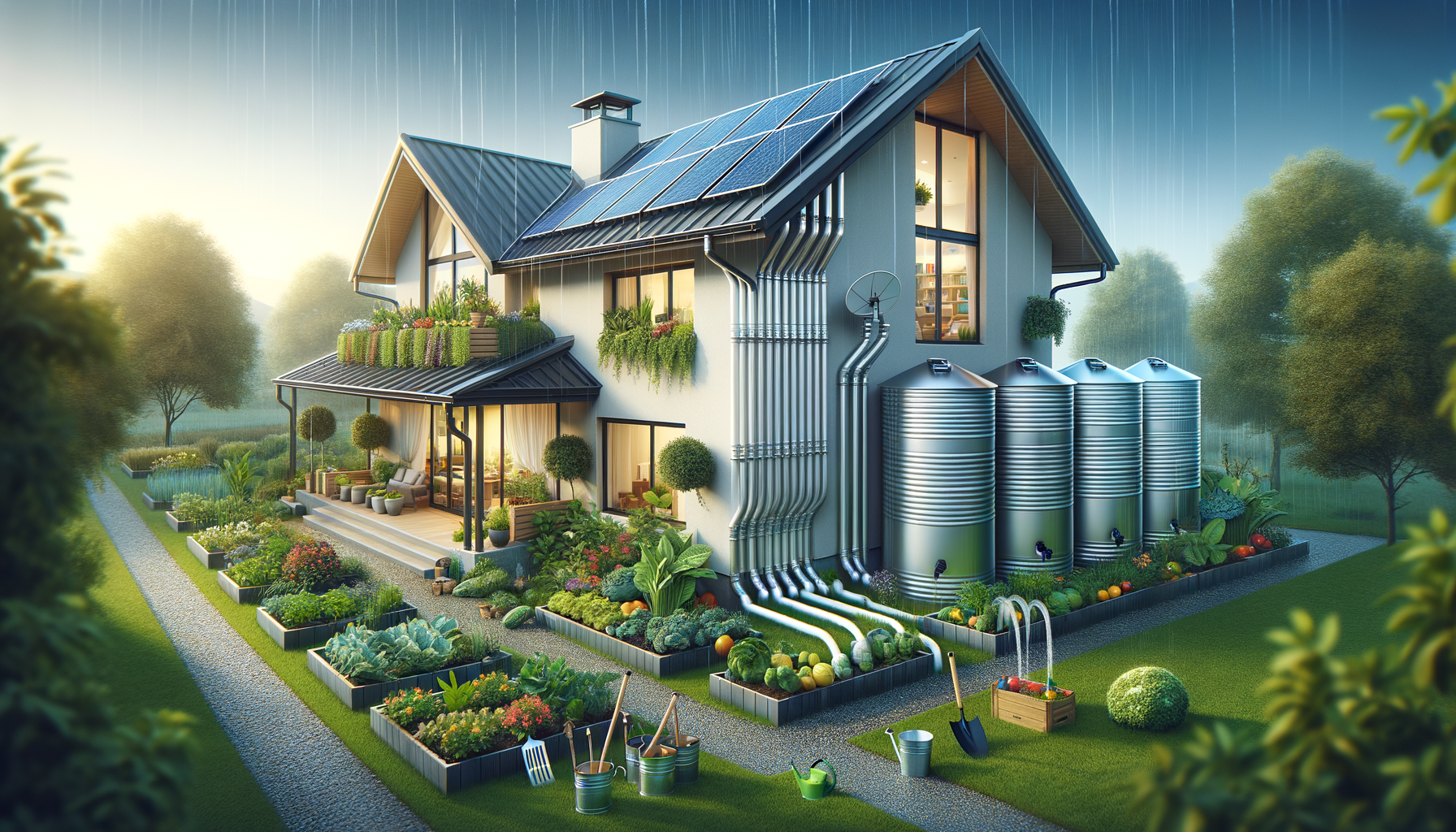Harvesting Rain: Enhance Your Home’s Sustainability and Value

Embracing Rainwater Harvesting for a Sustainable Future
Rainwater harvesting is an eco-friendly practice that captures and stores rainwater for various uses, reducing dependency on traditional water sources and promoting sustainability.
Benefits of Rainwater Harvesting
- Cost Savings: Reduces water bills by utilizing free rainwater.
- Environmental Impact: Decreases strain on local water supplies and minimizes runoff.
- Water Quality: Provides cleaner water for gardening and non-potable uses.
- Resilience: Offers a backup water source during shortages.
Key Takeaway: Implementing rainwater harvesting can lead to significant environmental and financial benefits.
How to Get Started
- Assess Your Needs: Determine how much water you can collect and what you’ll use it for.
- Choose a System: Decide between a simple barrel system or a more complex setup with tanks and filtration.
- Installation: Set up gutters, downspouts, and storage containers ensuring they’re properly sealed.
- Maintenance: Regularly clean the system to prevent contamination and ensure efficiency.
“Rainwater harvesting can reduce your water bill by up to 50%, making it a smart financial investment.”
Enhancing Your System
To maximize the effectiveness of your rainwater harvesting system, consider integrating:
- First Flush Diverters: Prevent initial contaminants from entering your storage.
- Filtration Systems: Improve water quality for various uses.
- Smart Monitoring: Use technology to track water levels and usage.
Pro Tip: Combine rainwater harvesting with other sustainable practices like composting and solar power for an eco-friendly home.
Conclusion
Rainwater harvesting is a practical and sustainable solution for conserving water, saving money, and contributing to environmental preservation. By adopting this practice, individuals can make a positive impact on their communities and the planet.